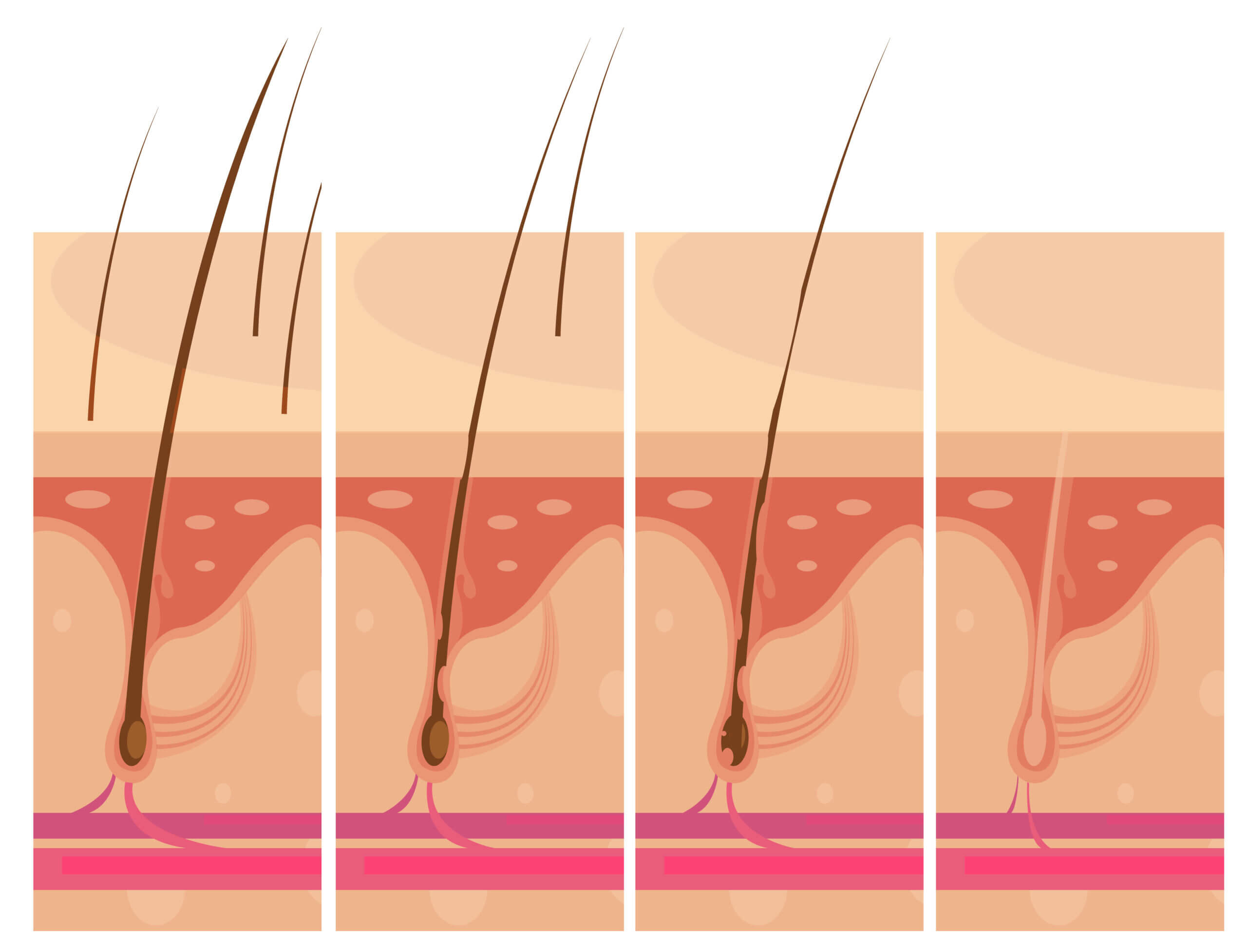Methamphetamine is a powerful stimulant affecting the central nervous system, known for its high potential for addiction and severe health consequences, including damage to the cardiovascular system and increased risk of infectious diseases. Understanding how long meth stays in your system is crucial for addressing meth withdrawal, evaluating the effectiveness of treatment programs, and determining the detection windows for various drug tests.
Factors such as overall health, liver and kidney function, and the frequency of use influence the duration meth remains detectable through blood tests, urine tests, saliva testing, and hair follicles, underlining the importance of comprehensive treatment for meth addiction to mitigate long-term effects on the central nervous system.
Understanding How Meth Is Processed by the Body
Metabolic Pathways and Half-Life
- Initial Metabolism and Peak Effects: Methamphetamine is metabolized primarily by the liver enzyme cytochrome P450 2D6 (CYP2D6) into two major metabolites: para-hydroxymethamphetamine (p-OHMA) and amphetamine, which are then excreted by the kidneys. The effects of meth peak within 5 to 15 minutes if smoked or injected, and the high diminishes over approximately 8 hours.
- Excretion and Detection: Methamphetamine has a plasma half-life ranging from 6-17 hours, allowing for a detection window in urine tests from 1 to 5 days. Renal excretion plays a significant role in the elimination of methamphetamine and its metabolites, which also interact with human organic cation transporters and multidrug and toxin extrusion transporters, affecting drug elimination rates.
- Influence of Physiological Factors: The presence of acidic urine or medications that inhibit the liver’s P450 enzyme system can alter the half-life and detection times of methamphetamine. These factors underscore the variability in how long meth can stay in a person’s system, influenced by individual metabolic differences and external factors.
Special Considerations
- Breastmilk Contamination: Methamphetamine can remain detectable in breastmilk for up to 72 hours after the last use, posing significant risks to nursing infants.
- Impact of Consumption Method: The method of methamphetamine consumption affects its detection in biological samples. Intravenous use leads to almost immediate detectability in blood and urine, whereas oral ingestion shows a delayed detection timeline.
Factors That Influence Detection Times
Key Factors Affecting Meth Detection Times
- Dosage and Frequency of Use: The amount of methamphetamine taken and how often it is used significantly impact how long the drug can be detected in the system. Higher dosages and more frequent usage can extend the presence of meth in the body, making it detectable for longer periods.
- Individual Metabolism and Health Status: Each person’s body processes substances differently, influenced by factors like metabolic rate and overall health. Those with faster metabolisms may eliminate meth quicker than individuals with slower metabolic rates.
- Drug Purity and Method of Use: The purity of methamphetamine and the method by which it is consumed (smoking, injection, etc.) also play crucial roles. Higher purity can increase the intensity and duration of the drug’s presence in the system, while methods such as injection can lead to quicker absorption and longer detection times.
- Physiological Factors: Age, liver and kidney function, and the use of other substances can alter how methamphetamine is metabolized and excreted. Impaired liver or kidney function may slow down the process of elimination, thereby prolonging detection times.
- Detection Window Variability: It’s important to note that methamphetamine may not be immediately detectable. Urine tests, for example, may require 12 to 24 hours before meth shows positive, and this window can vary significantly depending on several physiological and consumption-specific factors.
Detection Windows for Different Types of Drug Tests
Urine Tests
Methamphetamine presence in urine can be detected typically from 1 to 5 days after the last dose. However, for individuals who use meth frequently or in larger doses, the detection window can extend up to 7 days.
Hair Follicle Tests
Hair follicle tests provide a much longer detection window for methamphetamine, capable of identifying drug use for up to 90 days after the last use. This test is particularly useful for determining long-term meth use.
Saliva Tests
Detection of methamphetamine in saliva can vary. It can be detected as soon as 30 minutes after ingestion and may remain detectable in oral fluids for up to 3 days, depending on the last dose and individual metabolic factors.
Mitigating Risks and Seeking Help for Meth Use
Recognizing and Treating Methamphetamine Addiction
- Identification of Addiction Signs: Recognizing methamphetamine addiction is crucial and involves noting signs such as regular use, inability to stop despite a desire to do so, and experiencing withdrawal symptoms. Withdrawal can manifest as anxiety, cravings, depressed mood, and difficulty sleeping.
- Effective Treatment Approaches: Behavioral therapies are the cornerstone of methamphetamine addiction treatment. Cognitive-behavioral therapy (CBT) and contingency management (CM) have been identified as particularly effective, focusing on modifying the patient’s thinking and behaviors related to drug use and increasing motivation for positive change.
- Resources for Assistance: Various resources are available for those seeking help. FindTreatment.gov offers a directory of treatment programs tailored to substance use disorders. Additionally, the National Suicide and Crisis Lifeline provides immediate support for individuals struggling with methamphetamine use.
Harm Reduction Strategies
- Safe Usage Practices: Implementing harm reduction strategies can significantly mitigate the risks associated with methamphetamine use. These include starting with a low dose to assess tolerance, avoiding the sharing of needles, and practicing safe sex to prevent the spread of infectious diseases.
- Health Consequences Awareness: Users should be aware of the severe health conditions that can arise from methamphetamine use, such as damage to the brain, liver, and kidneys, dental issues, and exacerbated mental health disorders.
Understanding Withdrawal and Health Risks
- Symptoms of Withdrawal: Methamphetamine withdrawal can be challenging and includes symptoms like increased appetite, anxiety, depression, fatigue, paranoia, and even suicidal ideation. Recognizing these symptoms is vital for seeking timely help and managing them effectively under medical supervision.
- No Quick Fixes for Detoxification: It is important to understand that there are no guaranteed methods to expedite the removal of meth from the system before a drug test. Awareness of the drug’s short-term and long-term adverse effects is essential for users and healthcare providers.
References
[1] – https://nida.nih.gov/publications/research-reports/methamphetamine/overview
[2] – https://nida.nih.gov/publications/research-reports/methamphetamine/what-methamphetamine
[3] – https://www.samhsa.gov/meth
[4] – https://www.justice.gov/archive/ndic/pubs3/3981/index.htm
[5] – https://www.medicalnewstoday.com/articles/309287
[6] – https://www.emcdda.europa.eu/publications/drug-profiles/methamphetamine_en
[7] – https://nida.nih.gov/research-topics/parents-educators/lesson-plans/mind-matters/methamphetamine
[8] – https://www.therecoveryvillage.com/meth-addiction/how-long-meth-stay-system/
[9] – https://godoymedical.net/2150-2/
[10] – https://rehabs.com/blog/how-long-does-crystal-meth-stay-in-your-system/
[11] – https://americanaddictioncenters.org/meth-treatment/how-long-in-system
[12] – https://www.ncbi.nlm.nih.gov/pmc/articles/PMC3126645/
[13] – https://www.ncbi.nlm.nih.gov/pmc/articles/PMC2709797/
[14] – https://www.aruplab.com/files/resources/pain-management/DrugAnalytesPlasmaUrine.pdf
[15] – https://www.ncbi.nlm.nih.gov/pmc/articles/PMC5478906/
[16] – https://en.wikipedia.org/wiki/Methamphetamine
[17] – https://compassionbehavioralhealth.com/blog/how-long-does-meth-stay-in-your-system/
[18] – https://www.in.gov/dcs/files/drug_detection-times_001_0220_FINAL.pdf
[19] – https://www.healthline.com/health/substance-use/how-long-do-methamphetamines-stay-in-your-urine
[20] – https://www.samhsa.gov/find-help/national-helpline
[21] – https://nida.nih.gov/publications/research-reports/methamphetamine/what-treatments-are-effective-people-who-misuse-methamphetamine
[22] – https://www.healthline.com/health/addiction/meth-addiction
[23] – https://drugaware.com.au/meth-help-tool/safer-use/
[24] – https://adf.org.au/insights/ice-harm-reduction/
[25] – https://oasas.ny.gov/methamphetamine










